After the usual harrowing airport experiences and chaotic car rental in Madrid, the silver lining was being upgraded to a rather gorgeous shiny red Alfa Romeo. Thanks to the lengthy delay, we arrived late to Ávila, our first parador, but like the car upgrade, it was worth the wait. What a beautiful parador, in a heritage building with lovely gardens just inside the city walls.
Next day--on to Salamanca, the furthest west we've ever been in Spain and just in time for a whole load of processions. The spectacle of pointy-hooded penitents in their colourful robes, children bearing palm fronds, huge hand carried floats and bands is an interesting reminder of the power of tradition in communities. The Art Nouveau and Deco Museum though, was my favourite and an unexpected delight.
The longest drive on this trip was from Salamanca in the west to our next parador to the medieval city of Soria beside the Duero River. As with Salamanca, the parador was on a hill with sweeping views of the town below but while Salamanca itself is situated on a hill, Soria is a valley town. With no knowledge of Soria we took the easy way and went on a cheesy tourist train tour of the city and nearby Duero River.
One day out in the nearby Canon de Rio Lobos with its limestone caverns, streams and birds of prey made for a welcome change from ancient buildings.

En route to our next parador we stopped for a fascinating few hours at the Celtiberian and Roman ruins at Numancia. Once the Romans surrounded their hilltop village and they realised that defeat was inevitable, the Numancians burned their village and many committed suicide. Not a happy story,
Next parador--Santo Domingo de la Calzada. This was an old building in the middle of town looking out over the cathedral square. The town's main claim to fame is its position on the Camino de Santiago. It was a bit odd seeing so many young (and not so young) people kitted out in hiking gear and packs arriving at their hostel, setting off or hanging out in the square comparing notes. Easter Thursday and another procession, this time right outside the parador door.
Logroño, a city we discovered a few years ago, wasn't far away so we had to go back and revisit its thronging narrow lanes filled with tapas bars. This time though we had time to see the Rioja museum with its excellent outline of the region's prehistory and history from the Celtiberians, Romans, Visigoths to today. A couple of days later we briefly joined in an Easter Sunday mass, watched an energetic Basque separatist rally and wandered through the spring gardens.
Calahorra, site of our next parador was modern but still typically Spanish. The Museo de la Romanización was the drawcard here. The town itself was nothing remarkable but it's always fascinating to see how much care is taken with every parador, no matter how old or new, to reflect the best of Spanish architecture and interior decor.
The medieval town of Olite was our next stop. The parador formed part of the old town walls and wasn't easy to reach but that's to be expected with so many of these older paradors. The highlights here were the castle and the Easter Saturday buzz though the evening vigil was a more serious affair.
A drive through the tunnels and down the slopes of the mountainous Basque region and we reached our final parador in Hondarribia--another difficult to find parador at the top of a narrow, winding lane, overlooking the main square on one side and the sea on the other. Basque architecture has to be our favourite style, as is the countryside with the tumbling waterfalls and misty mountains. We probably won't be back, sadly, but we've loved every moment.
Next up--the road east from the Pyrenees Atlantique to the end of our journey in the Pyrenees Orientales.
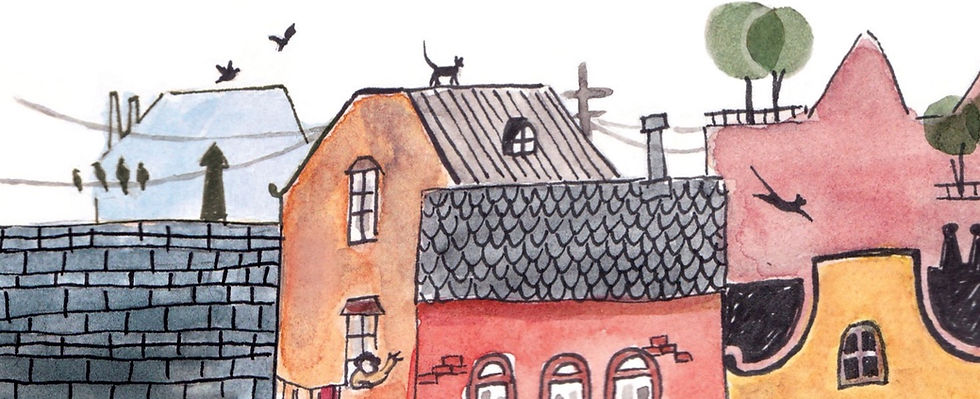








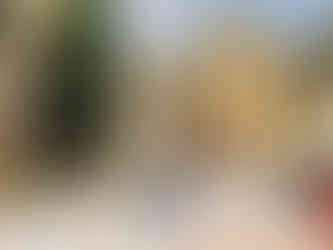






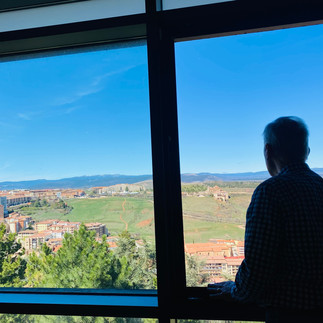































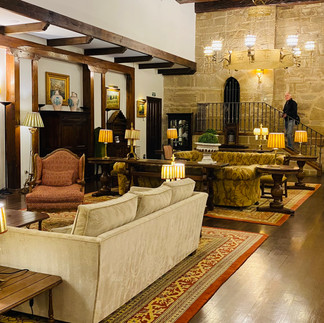

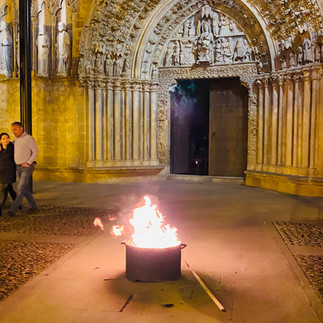








Comments